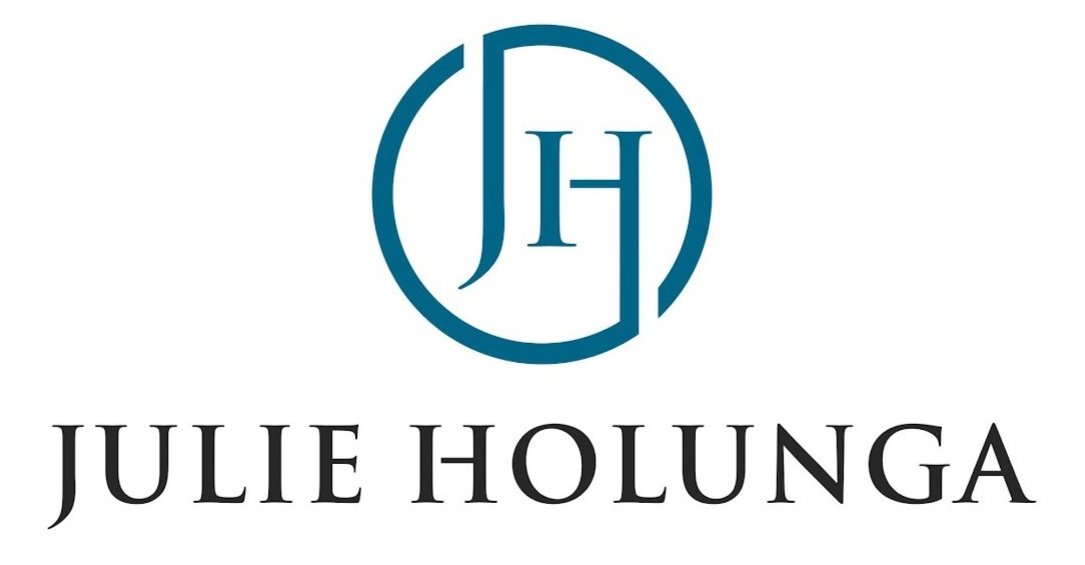Think You’re Not Biased? You’re Wrong!
While hiking in the foothills of Denver, when I see a ratted animal, I know to start walking faster, to head back home, and to pull my sweet dog closer to my side. I assume that the furry creature is not a friend. He may seem like he wants to play with my dog. Those big bulging eyes are sweet and endearing. If I hear a rattle sound, it’s not always a bug rubbing its hind legs.My assumptions – biases – are that these animals are going to hurt me and my dog. I have learned these baises through experience and education. I KNOW that when a coyote appears playful, it’s a way to entice my dog to come closer so the rest of the clan can attack. I KNOW when a snake is curled up and wagging the end of its tail that it is not happy to see me but rather preparing to attack. And I KNOW the deer’s bulging eyes examining us is a precursor to coming to take a bite out of us. (My husband disagrees on this last one…)These assumptions are biases and help me ‘survive’ my morning hikes. They help me make quick decisions.Consider my assumptions about wildlife on nearby trails. How do they correlate to biases in professional settings? (I will argue that even the toughest people you work with don’t have nearly as deadly a bite as a rattlesnake.)We all have biases. Its human nature. It is these biases that many centuries ago helped us survive the saber tooth tiger that could attack us on our daily hunt. Acknowledging your biases help you be more open-minded to different perspectives, to be innovative, more effective in your problem solving, and more productive.What can you do today to be effective with your biases?
and endearing. If I hear a rattle sound, it’s not always a bug rubbing its hind legs.My assumptions – biases – are that these animals are going to hurt me and my dog. I have learned these baises through experience and education. I KNOW that when a coyote appears playful, it’s a way to entice my dog to come closer so the rest of the clan can attack. I KNOW when a snake is curled up and wagging the end of its tail that it is not happy to see me but rather preparing to attack. And I KNOW the deer’s bulging eyes examining us is a precursor to coming to take a bite out of us. (My husband disagrees on this last one…)These assumptions are biases and help me ‘survive’ my morning hikes. They help me make quick decisions.Consider my assumptions about wildlife on nearby trails. How do they correlate to biases in professional settings? (I will argue that even the toughest people you work with don’t have nearly as deadly a bite as a rattlesnake.)We all have biases. Its human nature. It is these biases that many centuries ago helped us survive the saber tooth tiger that could attack us on our daily hunt. Acknowledging your biases help you be more open-minded to different perspectives, to be innovative, more effective in your problem solving, and more productive.What can you do today to be effective with your biases?
- Acknowledge your first impressions and where and with whom you are making snap judgments.
- Build a culture of psychological safety within your team and organization to empower people to call out biases when they hear or see them without the risk of fallout or pushback.
- Consider the words you use to describe different genders, race, religion, and other demographics. How are the words you use making assumptions that could be wrong?
This is not easy work. Assumptions can be hard to acknowledge or talk about. Share your insights with a colleague, friend, or family member you trust. Although you don’t have to share your biases with others, you do need to acknowledge them to yourself and take action.I made assumptions about the wildlife in my backyard. For the most part, I was accurate. Early on in my career, I made assumptions about gender, age, and professions. Since researching and training professionals around bias, I have spent time examining my own assumptions. And when faced with my biases, I am cognizant and deliberate about controlling the thoughts in my head. The most effective tactic I have found so far is to acknowledge the bias, and then question it. Why am I assuming that the 70-year-old standing on stage will not be relevant to me? Instead, I push those thoughts aside, and listen intently. Within a few minutes, I was blown away by her intelligence, experience, and talent. If I had been stuck in my assumptions, I would have missed out on great learning.Challenge yourself. Be open to new perspectives. Learn from others.
